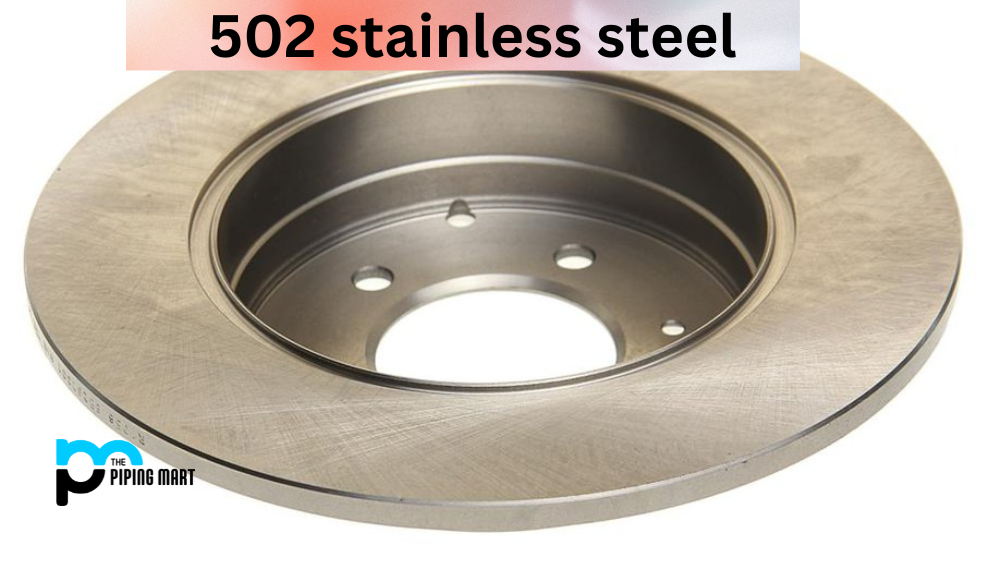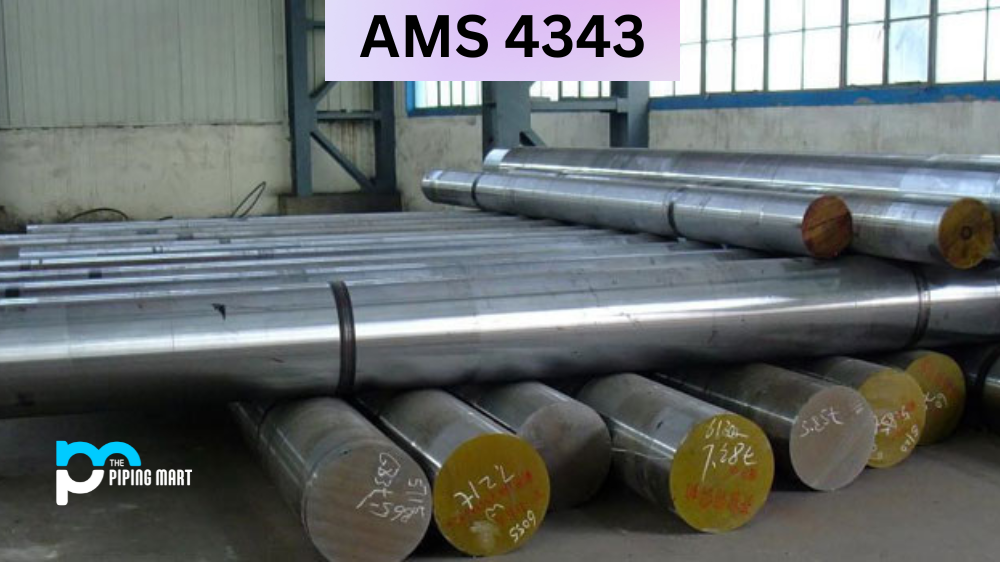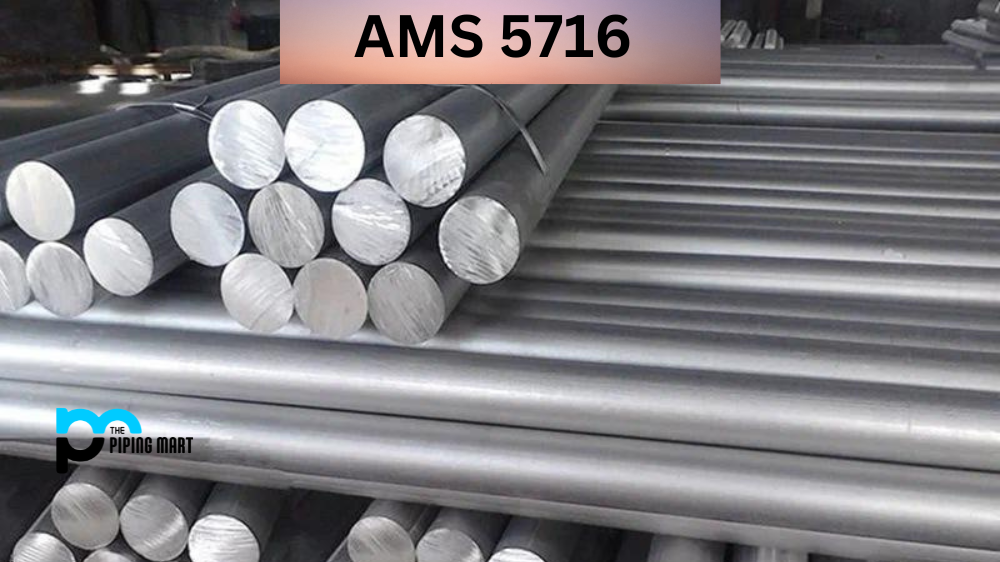Stainless steel has come a long way since its discovery in the early 20th century. Over the years, various grades of stainless steel have been developed to satisfy the numerous industrial applications that require specific attributes such as strength, corrosion resistance, heat resistance, and machinability. One of the lesser-known grades of stainless steel is the 502, sometimes called the 13-8M0 alloy. This grade finds its place in demanding applications such as aircraft components and nuclear reactors. This blog looks closely at 502 stainless steel, its composition, properties, uses, and heat treatment.
502 Stainless Steel Composition
502 stainless steel is a martensitic precipitation-hardening alloy with a unique composition that results in exceptional strength and corrosion resistance. Its primary chemical constituents include chromium (12.25-13.25%), nickel (7.50-8.50%), molybdenum (2.00-2.50%), and iron (balance). Additionally, the alloy may contain small amounts of carbon (0.05-0.10%), manganese (0.10%), silicon (0.10-0.40%), phosphorus (0.015%), sulfur (0.010%), and copper (0.75-1.50%). This optimized composition gives 502 stainless steel its ability to withstand high stress and resist wear and corrosion.
| Element | Content (%) |
|---|---|
| Iron, Fe | 90.3 – 93.5 |
| Chromium, Cr | 4.0-6.0 |
| Manganese, Mn | 1 |
| Silicon, Si | 1 |
| Molybdenum, Mo | 0.40-0.65 |
| Carbon, C | 0.1 |
| Phosphorus, P | 0.04 |
| Sulfur, S | 0.03 |
502 Stainless Steel Physical Properties
The physical properties of a material help determine its suitability for a particular application. 502 stainless steel has a density of 0.28 lb/in³, a melting point of 2,547°F, and a coefficient of thermal expansion of 5.4×10^-6 in/in/°F. The alloy exhibits good machinability in annealed conditions, and work hardens rapidly to enhance its mechanical properties. Also, 502 stainless steel possesses excellent weldability and can be welded using conventional welding techniques used for stainless steel.
| Properties | Metric | Imperial |
|---|---|---|
| Density | 7.7-8.03 g/cm3 | 0.2781-0.2901 lb/in3 |
502 Stainless Steel Mechanical Properties
502 stainless steel boasts impressive mechanical properties ideal for demanding applications such as aircraft components and nuclear reactors. The alloy undergoes precipitation hardening to attain its high strength and toughness, with a tensile strength of 220 ksi (1517 Mpa) and yield strength of 205 ksi (1410 MPa). Additionally, 502 stainless steel exhibits excellent flexibility and impact resistance after heat treatment. It has an elongation of 14% and Charpy V-notch impact energy of 12 ft-lbs.
| Properties | Metric | Imperial |
|---|---|---|
| Elastic modulus | 190-210 GPa | 27557-30458 ksi |
| Poisson’s ratio | 0.27-0.30 | 0.27-0.30 |
502 Stainless Steel Thermal Properties
| Properties |
Metric |
Imperial |
|---|---|---|
| Thermal expansion (@ 0-100°C/32-212°F) | 11.2 µm/m°C | 6.22 µin/in°F |
| Thermal conductivity (@ 100°C/212°F) | 36.7 x W/m.K | 255 BTU in/hr.ft².°F |
502 Stainless Steel Equivalents
- AMS 6466
- AMS 6467
- ASTM A473
- AISI 502
- ASTM A314
- ASTM A472
- MIL T-16286
- SAE J405 (51502)
- ASME SA387 (5)
- ASTM A387 (5)
502 Stainless Steel Uses
With its superior strength and impressive corrosion resistance, 502 stainless steel finds its way into various industrial applications. Its unique properties allow it to be used in components that require high strength, wear, and fatigue resistance. These include aerospace parts such as turbine blades and jet engine shafts, nuclear reactor components such as valves and pumps, and other heavy-duty applications such as gears, fasteners, and shafts.
502 Stainless Steel Heat treatment
Heat treatment is a critical process enabling 502 stainless steel to attain desirable mechanical properties. The alloy can be annealed at 1100°F to 1200°F (593°C to 648°C) for a period of up to four hours, followed by air cooling to attain maximum softness and machinability. Alternatively, the alloy can be tempered between 900°F to 1250°F (482°C to 677°C) to achieve varying combinations of strength, toughness, and flexibility.
502 Stainless Steel Hardness
502 stainless steel exhibits different hardness levels depending on its heat treatment. For example, an annealed condition can have a maximum hardness of Rc 35, increasing to Rc 50 after precipitation hardening. A tempered condition at 900°F can attain an Rc of 44, while 1200°F can achieve an Rc of 38. Hardness values vary based on the heat treatment, and it’s essential to understand each value when selecting the alloy for a particular application.
Conclusion
In conclusion, 502 stainless steel is ideal for applications requiring high strength, wear, and corrosion resistance. Its unique alloy composition sets it apart from other grades of stainless steel. With its high tensile strength, flexibility, and impact resistance, this alloy finds use in aerospace, nuclear, and other heavy-duty applications. Its excellent machinability and weldability make it easy to work with during manufacturing. However, careful consideration must be given to its heat treatment process to ensure the desired mechanical properties are achieved. In summary, 502 stainless steel does not disappoint; it’s an alloy that should be noticed in demanding applications where other stainless steel grades fall short.




